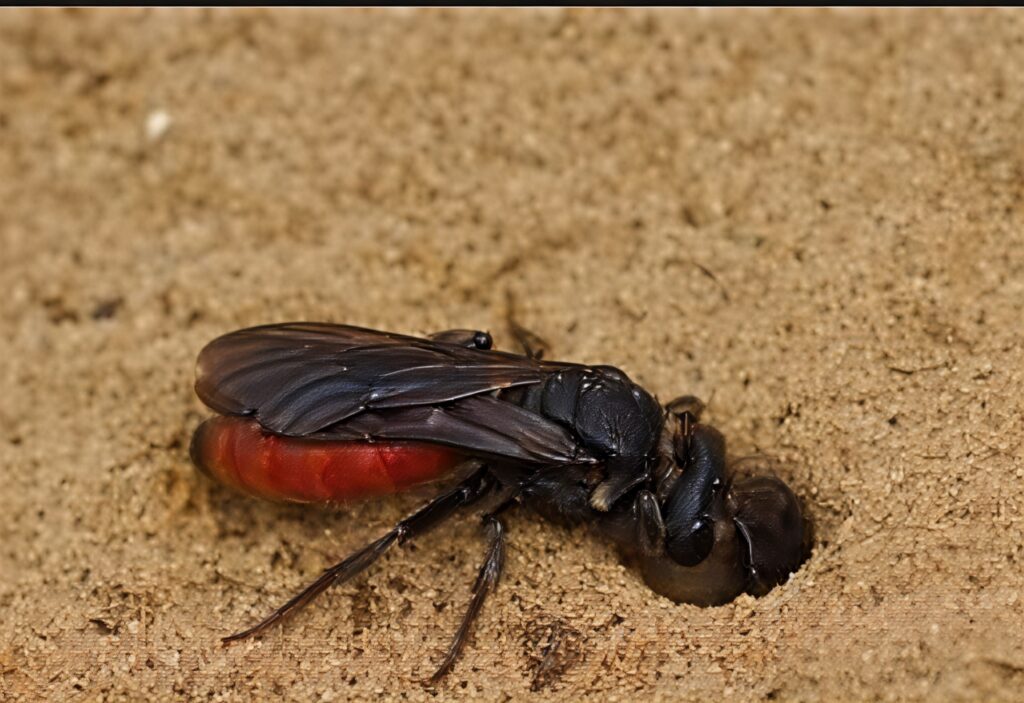Sphecodes bees, known as kleptoparasites, have developed crafty ways to invade the nests of other bees and steal their resources. A recent study uncovered the secrets behind the parasitic behavior of six Sphecodes species, observed across four nesting sites, where they targeted both social and solitary hosts.


What’s striking is that Sphecodes females preferred to infiltrate unguarded nests, regardless of whether the host species was social or solitary. Their invasions occurred during a vulnerable phase—when even social species operated solo. Sphecodes monilicornis took this to the extreme, killing all host bees in the nest and laying their eggs in the stocked brood cells.
To understand how Sphecodes manage to go undetected, researchers analyzed the bees’ chemical signals. Using gas chromatography-mass spectrometry, they found that the Dufour’s gland secretions of Sphecodes species were chemically distinct from their hosts. Host bees produced macrocyclic lactones and long-chain hydrocarbons, while Sphecodes lacked lactones and instead released long-chain hydrocarbons and wax-type esters.
Stay tuned at nichesystema.com for more such bees facts!

